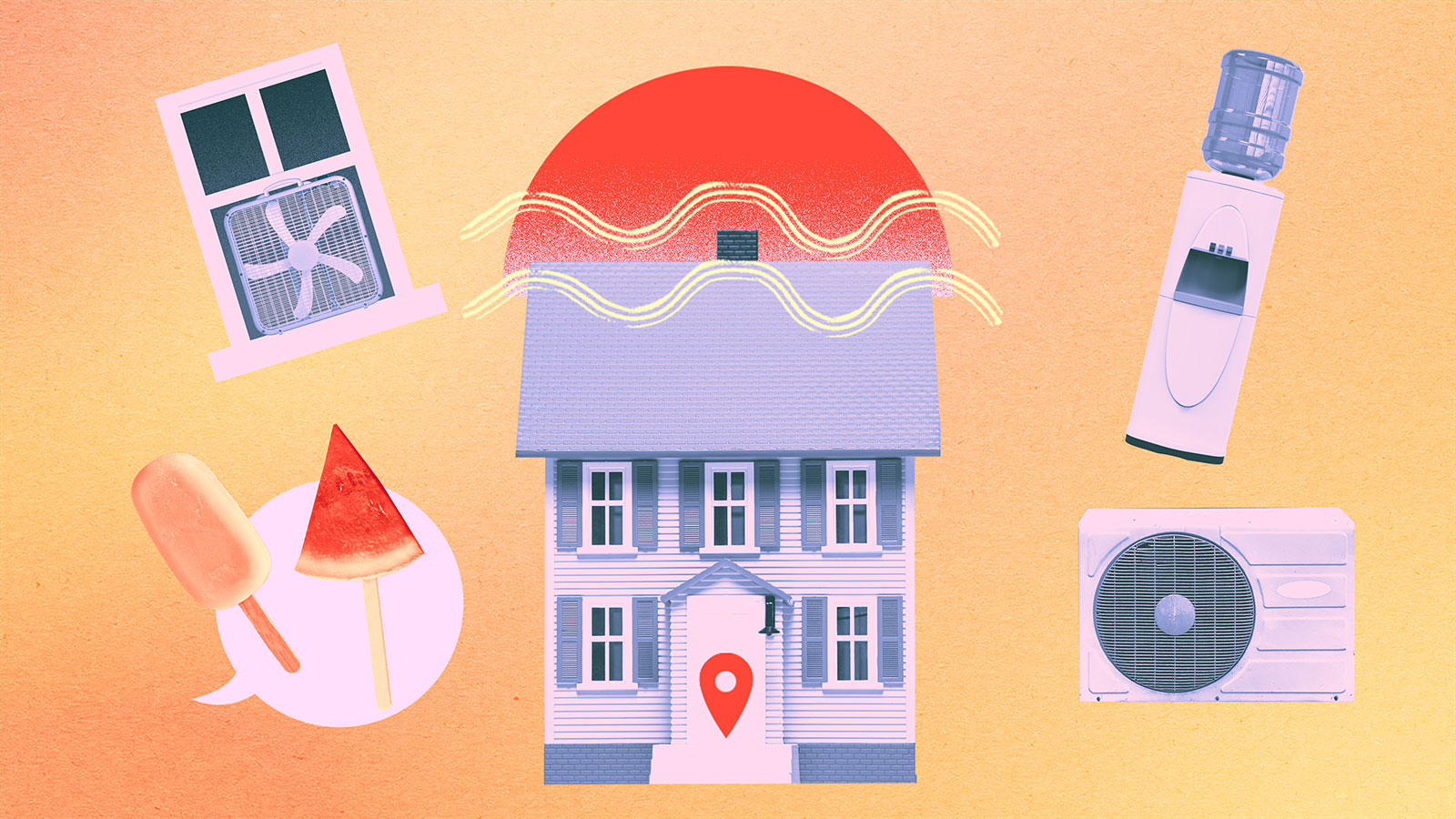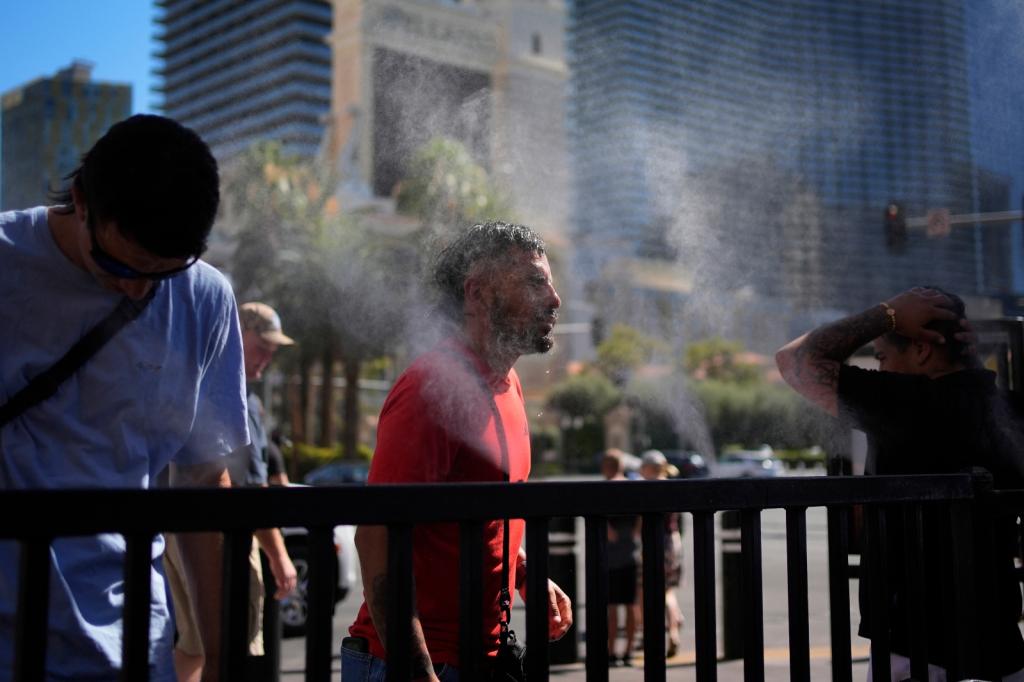This story was co-published with the Tampa Bay Times and produced in partnership with the Toni Stabile Center for Investigative Journalism and the Mailman School of Public Health at Columbia University.
Laurie Giordano stood before a committee of Florida lawmakers in 2020, her hands trembling. She was there to tell the story of her son Zachary Martin, a 16-year-old football player who had died from heat stroke three years earlier.
“No mom should ever drop their kid off at football practice and then never hear their voice again,” she said, pleading for the passage of a bill that would provide heat-illness protections for high school athletes in Florida.
“Exertional heat stroke is 100 percent preventable and survivable, if we are prepared,” Giordano told the lawmakers. If her son were alive today, she said, he would be fighting for the bill’s protections, like rest and water breaks, which could have saved his life.
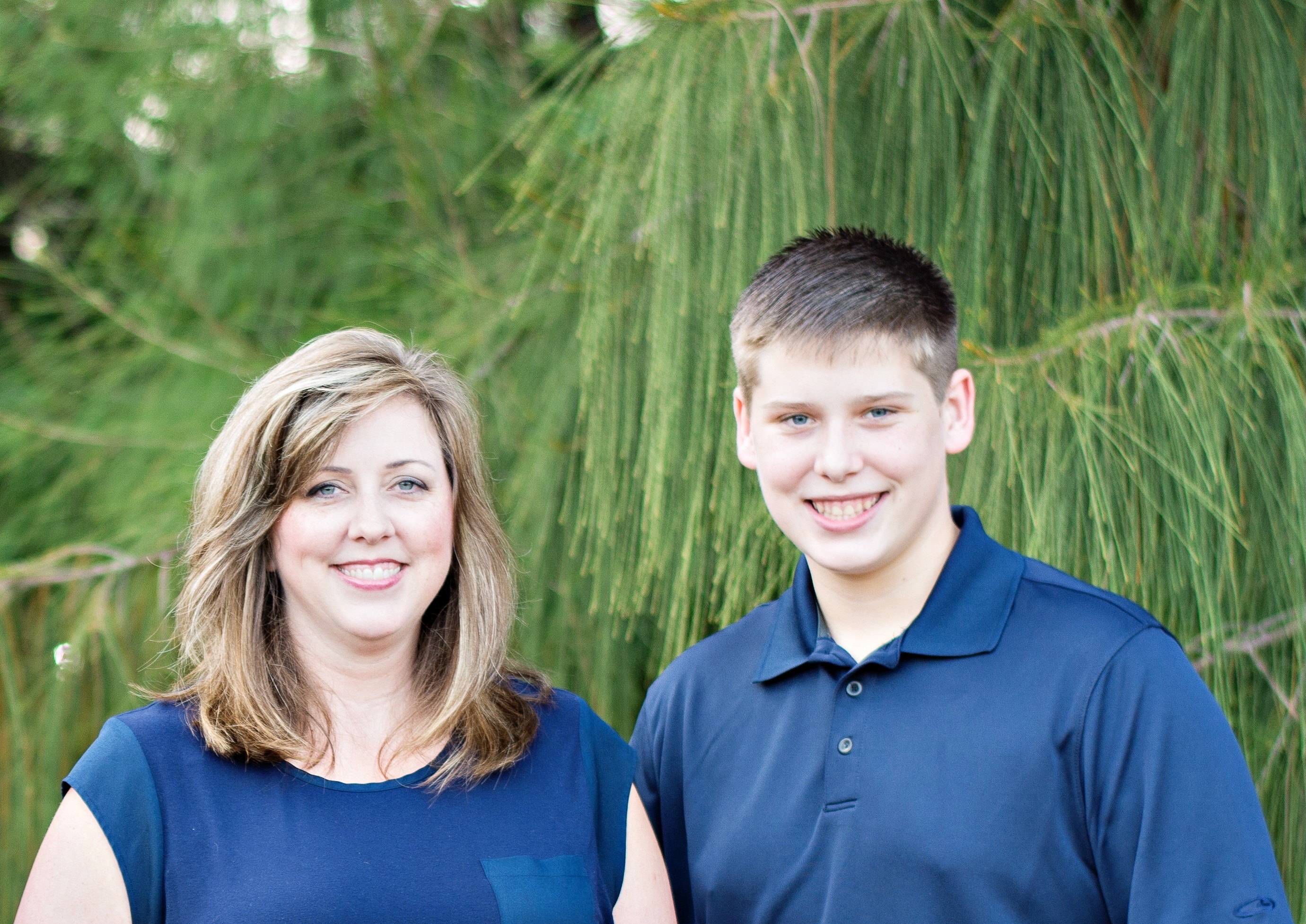
The legislators heeded her call and passed the Zachary Martin Act in her son’s honor just two months later. Since then, no student athlete has died from heat stroke in Florida, which now ranks highest in the country for its school sports safety provisions.
Two years after Martin’s death in Fort Myers, a Haitian farmworker in his 40s named Clovis Excellent died from heat stroke at a farm just north in Bradenton. He had been working for five hours, pulling stakes from tomato beds in temperatures exceeding 90 degrees Fahrenheit.
The Occupational Health and Safety Administration, or OSHA, investigated his death and found that, given the intensity of the work, the temperatures he was exposed to were unsafe without regular breaks in the shade. But Utopia Farms II, like many farms in the state, did not require its workers to take breaks, no matter the heat.
At least seven other outdoor workers died from heat illness in Florida in the two years between Martin’s and Excellent’s deaths, according to federal fatality records. During that time, labor advocates pushed lawmakers to establish heat-illness protections for Florida’s 2 million outdoor workers. These measures included rest breaks, shade, and water, as well as heat-illness first-aid training.
But those efforts failed. More worker heat-safety bills have been filed in Florida than any other state, but none has made it past a single committee hearing.

Florida is the hottest state in the country and has some of the highest rates of hospitalization due to heat illness, which kills more than 1,200 Americans a year, according to the Centers for Disease Control and Prevention, or CDC. The number of workplace fatalities from heat has doubled since the 1990s, averaging over 40 workplace deaths a year for the last five years. While California, Colorado, Minnesota, Oregon, and Washington have all passed regulations to protect workers from heat illness, there is no national heat standard; OSHA, the federal agency that regulates workplace safety, is in the process of drafting one, but it could take around seven years and there are no guarantees that it will be enacted.
Heat is already the deadliest weather event, and as climate change causes temperature spikes to become more common and unpredictable, the threat will only increase, especially for those most vulnerable to heat illness. No one can predict how communities will adapt — what investments will be made to prepare for the heat waves of the future and how those protections will be distributed — but the disparities in whom lawmakers choose to protect are telling.
When Zachary Martin, a 16-year-old football player, died from heat stroke, there was widespread press coverage and the Florida legislature voted unanimously to mandate that schools have emergency medical plans to treat heat injuries.
When Clovis Excellent, a Haitian immigrant in his 40s, died from heat stroke, his name never appeared in the papers, and bills recommending similar protections were largely ignored by lawmakers.

On June 29, 2017, Laurie Giordano was checking her phone in her parked car near Riverdale High School when one of her son’s teammates tapped on the glass.
“Zach is down,” the boy said.
Her son Zachary, or “Big Zach,” as his friends called him, had been playing football since he was in eighth grade. The summer before his junior year, he stood 6 feet, 4 inches tall, weighed 320 pounds, and wore a size 15 wide shoe. He wanted to play football in college, maybe even professionally. He worked hard in his classes and pushed himself during preseason practice, determined to be a starting player on the varsity team the next year.
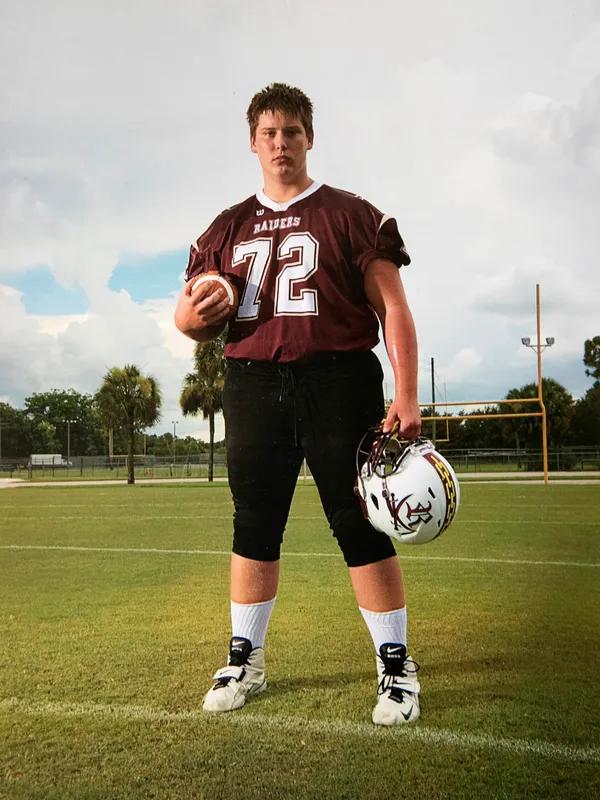
When she got to the field, she saw Zachary seated on the ground. Two teammates were holding his arms and an assistant coach was propping him up from behind. Coach James Delgado told Grist that they were trying to keep him upright to prevent him from choking. The boy had collapsed after completing about three hours of indoor training and running drills outside in the 90-degree heat. His coaches and teammates had assumed Zachary was dehydrated, so they offered him water, but he immediately vomited after drinking it. Soon, his condition worsened.
Zachary was moaning. His eyes were closed; his head, drooping. He hardly looked conscious.
Giordano was shocked. “Everything in me was saying this was not right,” she told Grist.
Delgado called 911. The fire department was the first to arrive on the scene, followed by the paramedics, who brought Giordano’s son to the hospital. The doctors determined that Zachary was suffering from heat stroke, a condition that can be fatal.
When a person reaches that stage of heat injury, the body loses its ability to cool itself, and internal temperatures can rise within a matter of minutes to 107, 108, 109 degrees. If the person is not rapidly cooled within the first 30 minutes, their organs can fail. Time is essential.
Zachary made it to the hospital over an hour after he collapsed. The doctors covered him in ice to try to lower his temperature. He was in a coma for more than a week.
Giordano slept in the hospital every night. She saw him wake up twice: The first time, he tried to pull himself from his bed, half-conscious. It took multiple nurses to restrain him.
“He was scared,” Giordano said. “He didn’t know where he was.”
The second time, all he could do was squeeze her hand.
Two days later, he died.
“He fought,” Giordano said. “He fought so hard.”
On the ride home from the hospital, Giordano remembers turning to her husband.
“We’re not going to take a loss on Zach,” she told him.
“At the time, I wasn’t even 100 percent sure what had happened.” Giordano told Grist. But she sensed that the school’s response had been inadequate. Days after her son’s death, she set out to discover whether it could have been prevented.
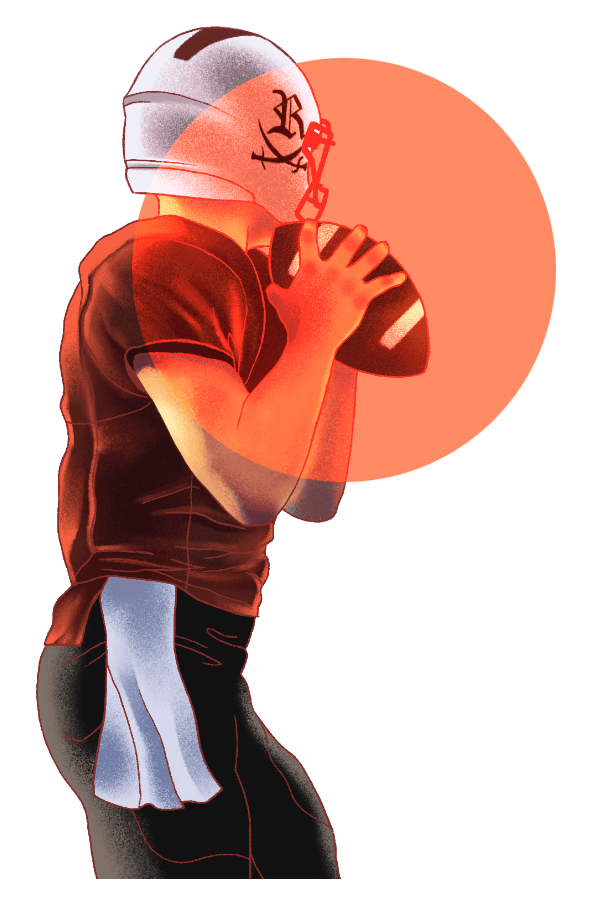
She got on her computer and looked up what heat training Riverdale High School coaches received. The National Federation of State High School Associations certifies coaches throughout the country, and it had provided the training materials for Riverdale’s athletic staff. It had an online course on heat illness, but it was optional. She found that in Florida, no agency ensured that high school coaches were trained in heat-illness prevention.
Watching the online training videos, Giordano found that all the major symptoms of heat stroke — collapsing, disorientation, slurred speech, vomiting — were the exact symptoms Zachary had experienced. She also learned that, if treated quickly, heat stroke fatalities are entirely preventable using a technique called “cold water immersion.” It sounded essentially like dunking someone in a tub of ice water.
“It can’t be that simple,” Giordano thought.
She looked at resources from the Korey Stringer Institute, a leading researcher in sports medicine that specializes in heat illness, and found that it was. Schools could use “cold tubs” — essentially plastic tubs filled with ice water — to save students’ lives.
“As soon as I heard the term ‘cold tub,’ I knew exactly what they were talking about. Because I had seen them,” Giordano said.
The week before her son’s collapse, Giordano had seen him outside the high school’s athletic facility loading ice into a large plastic tub filled with water. When she asked him what he was doing, Zachary had said he was helping some teammates who were cramping from the heat. They would sit in the tub after practice to relax their muscles and cool down.
But when Zachary passed out, the tubs were nowhere in sight. And rather than moving Zachary to a shaded area and trying to immediately cool him, which the online training said was critical for survival, his coaches left him on the sundrenched field until the paramedics arrived.
Giordano realized that the coaches at Riverdale had the tools they needed to save Zachary’s life. But when it mattered, they were not trained to use them.
She learned that the Florida High School Athletic Association, or FHSAA, was responsible for maintaining safety standards for the state’s high school sports teams. She met with its leadership to talk about the possibility of mandating heat-injury emergency plans.
The FHSAA had guidelines about heat-illness prevention but did not mandate training for coaches or the use of the cold water immersion tubs that would have saved Zachary’s life. The agency could investigate schools that were failing to uphold safety standards and penalize them if they failed to do so. But it did not proactively inspect schools, and its enforcement was largely based on self-reporting. The executive director of the organization, George Tomyn, told Giordano that the FHSAA lacked the authority and the capacity to mandate such policies for all of Florida’s schools.
According to Rebecca Stearns, chief operating officer at the Korey Stringer Institute, many student athletic associations like the FHSAA, which set the statewide standards for high school sports around the country, assume that they are not ultimately responsible for enforcing safety standards in schools.
“My question to them is always, ‘If not you, then who?’” Stearns said, noting that athletic associations have the medical expertise required to make informed decisions about student safety. Leaving it up to individual schools that lack these resources can lead to negative outcomes, she said.
The FHSAA did not respond to requests for comment.

Fort Myers’ local newspaper, the News-Press, wrote over a dozen articles about Zachary’s death and the dispute over the FHSAA’s policies. The story was picked up regionally by Fox 4 News and nationally by HBO’s Real Sports With Bryant Gumbel, which ran a 15-minute segment in which they confronted George Tomyn for not mandating the use of cold water tubs, despite training materials their organization provided that recommended their use.
The FHSAA debated the issue from 2017 to 2019. Their medical advisory board recommended that schools alter practice expectations based on the heat risk and keep cold water immersion tubs available. But the FHSAA decided not to act on the issue. They felt that the state legislature should be the one to enforce such a mandate.
Giordano attended these meetings for two years.
“It was heartbreaking,” she said.
Two months later, Giordano learned that another student athlete, a 14-year-old named Hezekiah Walters, had died from heat stroke during preseason football practice in the state.

While Giordano continued her fight for student athlete protections, a crew of laborers at Utopia Farms II were working in the fields outside of Bradenton, on Florida’s Gulf Coast. They moved along rows of barren tomato vines, yanking out stakes and preparing for next season’s planting.
A new employee, a man in his 40s who was working under the name Laurant Tersiuf, was struggling to keep up.
Tersiuf had started at Utopia only three days prior, and his crew leader, Juan Lozano, had noticed him repeatedly sitting down between the rows to catch his breath and complaining of stomach pain. Lozano was unsure whether Tersiuf had worked in tomato fields before and assumed he was simply unaccustomed to the grueling work.

During the harvest season, tomato workers are paid for every pound they pick, with a typical day’s pay around $80. Hunched over for hours, pickers hurriedly yank tomatoes from the vines and drop them into plastic bins. When the bins are full, weighing over 30 pounds each, the workers hoist them onto their shoulders and rush down the rows to hurl their bin onto a truck that gradually moves along a dirt path, setting the pace for the workers. One worker carries over a ton of tomatoes per day.
Farmworkers routinely avoid rest breaks because each minute spent resting is a minute of pay lost. Some even deliberately avoid drinking water so that they will not need to stop working to go to the toilet, which can be located hundreds of yards away, according to worker advocates.
By summertime, the tomato harvest is over, and workers are paid by the hour, not by the pace of their work, but it’s still one of the hardest seasons because of the heat. In temperatures that easily exceed 90 degrees, tomato workers clear and prep crop beds for the next growing season, often coming into contact with materials covered in pesticide residue. Some wear long sleeves, pants, gloves, and masks to protect themselves from the chemicals, but, according to a report by the nonprofit Union of Concerned Scientists, this can make workers feel hotter by up to 12 degrees.
Work-safety specialists say these conditions can be life-threatening without the ability to take rest breaks, drink water, and access shade. But in Florida — where workers spend over 100 days of the year in temperatures exceeding the limit the CDC recommends before safety measures are taken — it is up to the workplace to decide whether to provide these basic protections.

Lozano told Tersiuf he could take a day off if he was feeling sick, but he would lose that day’s pay. Tersiuf took some Pepto Bismol and returned to work. The wet bulb globe temperature, which accounts for factors like cloud exposure and humidity, climbed to 92.3 degrees, over 10 degrees higher than what OSHA deems high risk for workers performing strenuous labor. At 1 p.m. on June 27, 2019, after working for six hours, Tersiuf asked Lozano if he could sit in the shade next to a trailer and rest.
Around 3 p.m., according to investigators’ records, Tersiuf was found beside the trailer unconscious. The paramedics who arrived noted that his skin was dry and hot to the touch — a sign that his body had lost the ability to sweat. His temperature was 109 degrees.
Tersiuf was rushed to Lakewood Ranch Medical Center in Bradenton, but the doctors could not stabilize his temperature in time. His body was so hot that his cells began to break down, leading to organ failure.
Within two days, Laurant Tersiuf was dead.
When the hospital went through his belongings, they found identification indicating that Tersiuf’s real name was Clovis Excellent. Like many undocumented immigrants, he had probably gone by an alias to avoid immigration enforcement. And like many undocumented workers, his death was never reported by the local papers. Neither were the other heat-related deaths of farmworkers in the two years between Martin’s and Excellent’s deaths.
Administrators at Utopia Farms II notified OSHA about Excellent’s death, and the agency opened an investigation. OSHA has no mandated policies around heat exposure, despite demands for such provisions since the first years of its founding in the 1970s. They provide recommendations and educational materials about heat illness, but leave it up to businesses to decide what heat conditions are safe for their workers. And if a business chooses not to notify OSHA after a worker is seriously injured, as they are legally required to do, the agency may not even know about the incident. Injuries among undocumented migrant workers are easier to avoid reporting, because migrants often lack family and community members to advocate for them, are unaware of their rights, and fear retaliation. Researchers estimate that government reports on the number of occupational injuries among agricultural workers miss 79 percent of injuries and 74 percent of deaths.
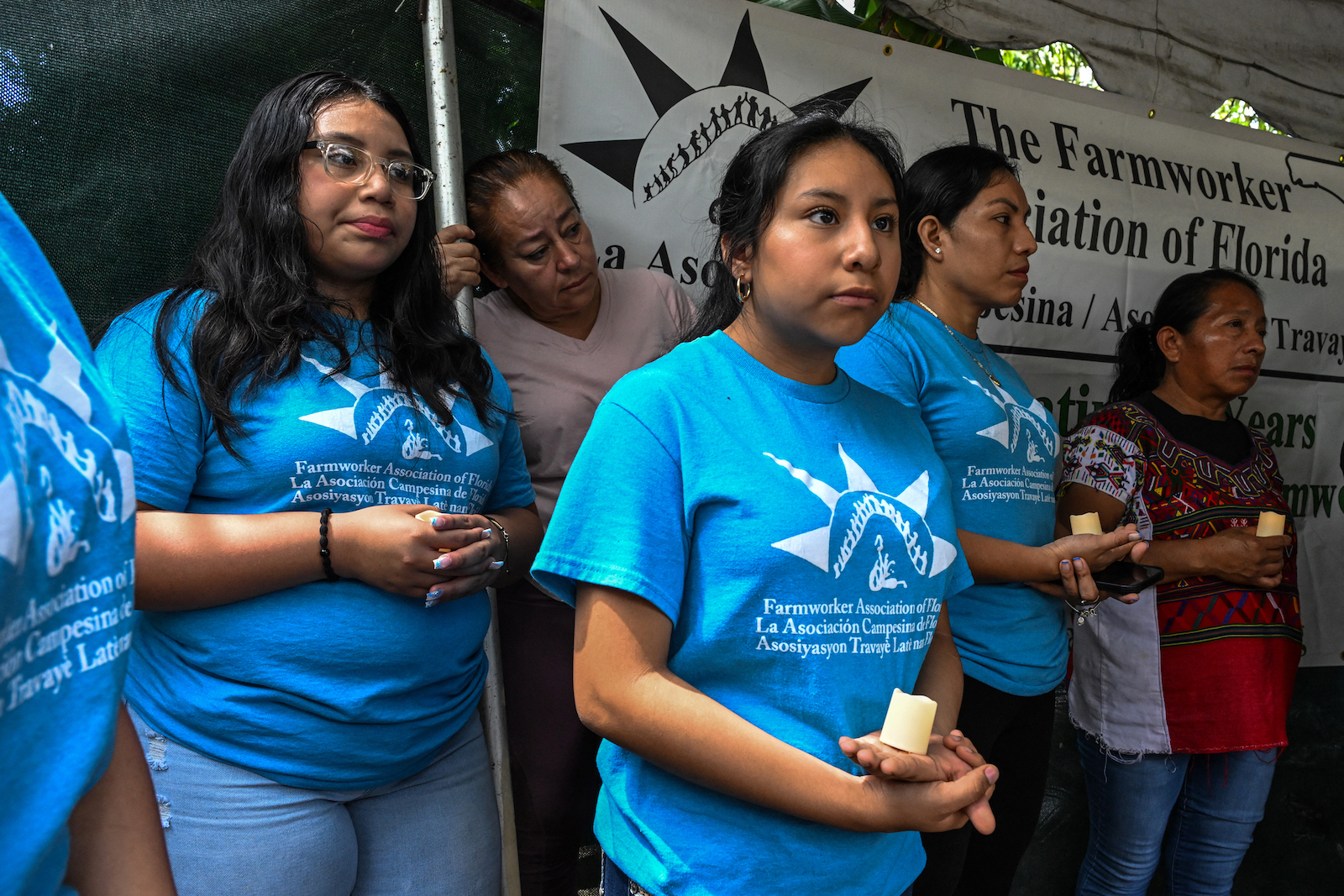
In this sense, Excellent’s case is exceptional. Over several weeks following his death in 2019, federal investigators interviewed his co-workers and managers and inspected the fields where he worked. The investigators reprimanded the company for allowing their workers to perform such high-intensity work in extreme temperatures without shade or rest during the hottest period of the day. Utopia Farms II had provided fact sheets about the symptoms of heat illness to their workers in Spanish, English, and Creole, but investigators found that they had no plan to gradually introduce new hires — who make up 70 percent of reported worker-related heat fatalities, because their bodies are not acclimated — to the extreme temperatures. Clovis Excellent had been sent into the fields to work a full shift the same day he was hired and died five days into the job.
To redress Excellent’s death, OSHA requested in a citation letter that Utopia Farms II implement a new safety plan to prevent further heat injuries and send their agency a payment of $13,260. After Utopia challenged the fine, it was amended to $7,956. Because the agency has legal limits on the amount it can fine companies, the penalty was typical for serious violations of OSHA’s safety standards under its general duty clause.
The basic safety measures from heat illness Utopia had failed to provide are ignored by farms throughout the country, in part because OSHA has not mandated their use. They are merely recommended. If OSHA’s proposed heat standard passes, businesses will be required to change their act. But the agency will most likely struggle to enforce the rule because of perennial funding and staffing issues and their limited fines. In Florida, the agency has employed 59 inspectors to oversee the state’s approximately 10 million workers.

For years, farmworkers throughout Florida had been speaking to local labor organizers about the dangers of heat. Jeannie Economos, an advocate with the Farmworker Association of Florida, had heard countless stories of dizzy spells, muscle cramps, nausea, and dark, painful urination workers experienced after long shifts in the heat. Many told her they felt pressured by their employers to keep working no matter how sick they were and felt powerless to protect themselves.
Economos wondered whether Florida could join the few states that had introduced their own regulations to protect workers from heat illness. She knew that it would be an uphill battle. Florida’s legislature was unfriendly to pro-worker regulation, particularly for migrants, who largely make up the state’s outdoor industries, including construction, landscaping, and agriculture. She anticipated the agricultural industry, which she had battled with for years, would try to stamp out any pro-worker reforms, as they had in the past.
First, Economos wanted to better understand the problem and document its impacts. In 2017, she helped set up a research study conducted by the Farmworker Association of Florida and Emory University’s School of Nursing, which found that 84 percent of the workers they monitored experienced symptoms of heat exhaustion, like headaches, dizziness, and nausea. More than a third developed acute kidney injury on at least one day of work, which researchers say can be caused by heat exposure, potentially leading to chronic kidney disease.
With their research in hand, the Farmworker Association consulted with other worker groups to draft a bill proposal. They decided that the rule would be voluntary, with no fines or enforcement mechanisms, hoping that by working with industry to address the problem their effort would be more favorable to the Republican majority. They found a Democratic lawmaker who was willing to sponsor the bill, which was first introduced in 2018. It recommended that outdoor workplaces provide access to water, rest, and shade for workers along with training and emergency medical plans to prevent fatalities.
The first two years it was proposed, the bill never had a hearing. Worker advocates tried to find a Republican sponsor hoping that this would encourage congressional leadership to at least consider the issue. They found a new senator named Ana Maria Rodriguez from Miami-Dade County, a bipartisan, Latino district, who was willing to carry the bill in 2020.
That same year, the legislation for student athletes was being heard for the first time and was garnering attention. After the flurry of media coverage about Zachary’s case, Giordano was able to get meetings with senators to share her story and recommend reforms. The FHSAA had said that without state legislation they had no mandate to act, so lawmakers began to create one. Within months, a bill was drafted that required schools to monitor temperatures and adjust practice routines to adapt to heat levels. It called for regular water and rest breaks, training for coaches about heat-illness prevention, and cold water immersion tubs to treat students for heat stroke onsite.
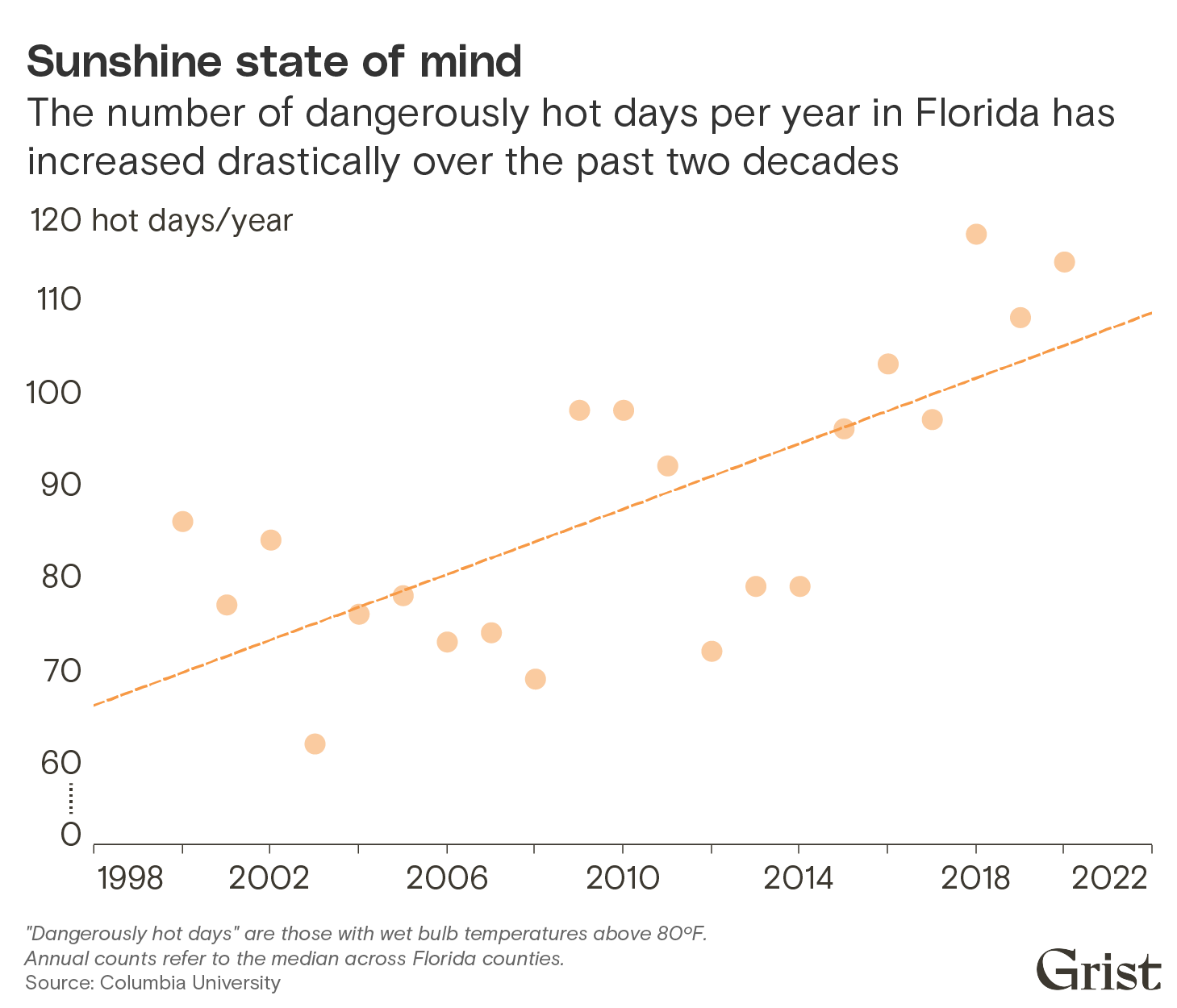
Karen Woodall, a lobbyist for the Florida Center for Fiscal and Economic Policy, who had been working on the heat-illness protection bill for outdoor workers, was watching the progress of the student athlete bill closely. She attended the committee hearings where it was first discussed and noticed that the committee members “were pretty outraged by what they heard.”
“I got up and said, ‘I know you’re talking about student athletes,” Woodall recalled, “‘but I want you to know that we have a bill about this very thing for outdoor workers.’”
It felt like the energy around the issue might provide the worker bill with much needed momentum. The AFL-CIO staged a press conference where outdoor workers and their children spoke about the impacts of heat in the workplace and the playing field. One high school athlete, whose father was a migrant farmworker, said he hoped his father would be seen as worthy of the same protections he had been given.
The bill for student athletes was approved by multiple committees. Representatives and school administrators debated the cost burden of mandating ice tubs and wet bulb globe thermometers, but the consensus was that a significant number of schools were failing to provide critical safety measures, the solutions were simple, and ignoring the issue would lead to more preventable deaths.
Giordano’s story was a major driver for the issue.
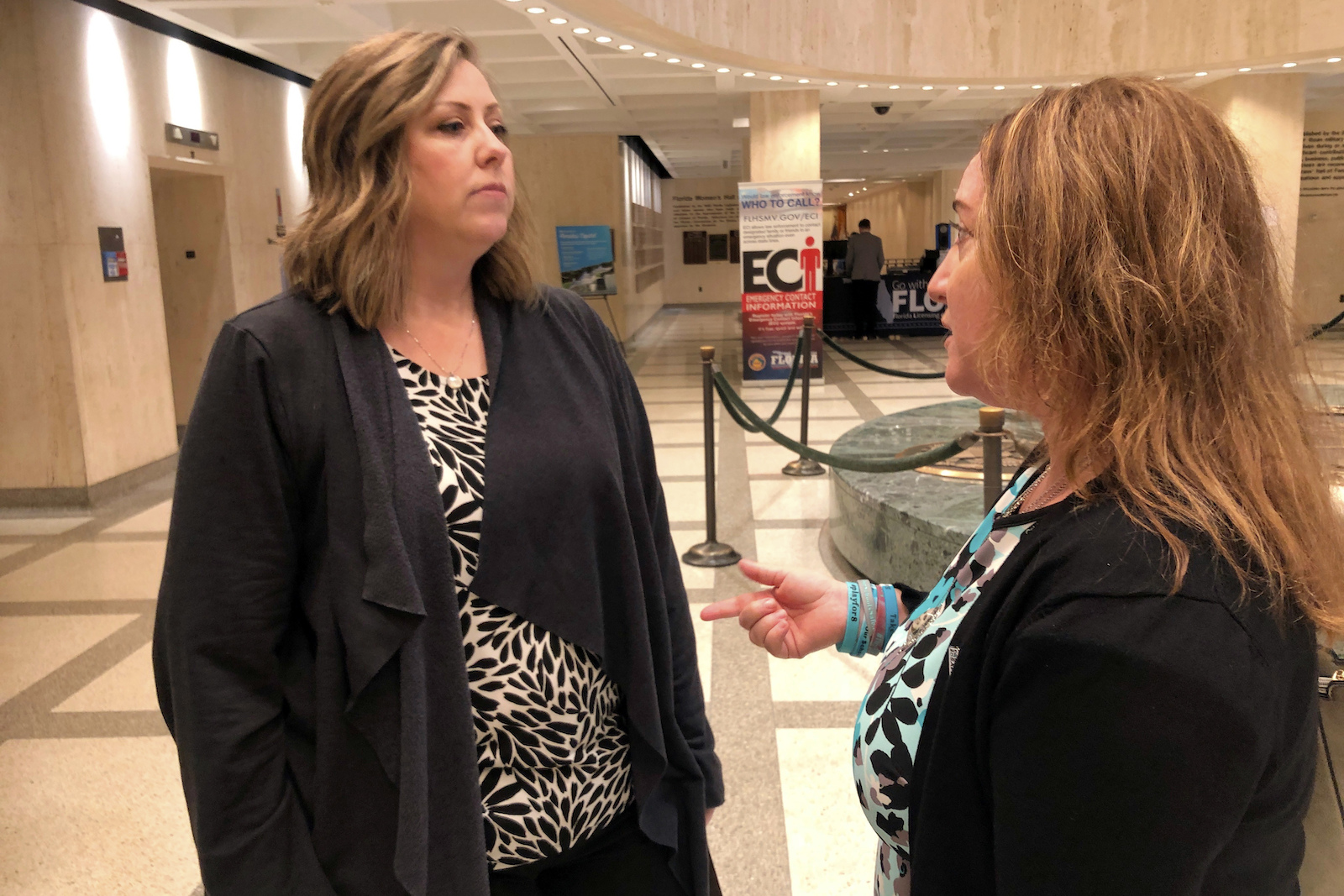
“You meet a parent that lost a son and that’s a pretty powerful emotional testimony to have,” said Senator Keith Perry, a Republican and the owner of a roofing business, who ended up sponsoring the student athlete bill. “That’s why we started to go ahead and run this bill. … This seemed like a really easy solution to a tragic problem.”
Three months after the Zachary Martin Act was introduced, the Florida legislature voted unanimously for Governor Ron DeSantis to sign it into law.
Meanwhile, the bill to protect outdoor workers went without a hearing for the third year in a row.
In 2022, with Senator Rodriguez’s support, the bill was heard for the first time in the Senate Agriculture Committee. Senator Perry was a member of the committee. As the owner of a roofing business, he took an interest in the issue. After hearing from workers, business owners, labor advocates, and the widow of a construction worker who died from the heat, he joined the six other members of the committee in voting for the bill.
The next day, it was sent to the Health Policy Committee, where it sat unaddressed until the legislative session ended.
When asked why the student bill had succeeded while the worker bill, calling for less strenuous protections, had failed, Perry equivocated, telling Grist that he did not remember the details of the worker bill that he had voted for. But, he said, typically students were in greater need of protection than adults, who were ultimately responsible for their own choices. Like many opponents of statewide protections for outdoor workers, Perry noted that OSHA already provides safety recommendations for avoiding heat injuries in the workplace — though it’s left up to individual businesses to act on them.
Anna Eskamani, a Democratic state representative who has repeatedly sponsored the worker bill in the House, sees it differently. “We have an anti-immigrant governor who demonizes all immigrants, but especially those that come to our state in search of work,” she said. “Farmworkers are targeted, especially in Florida, by political actors.”
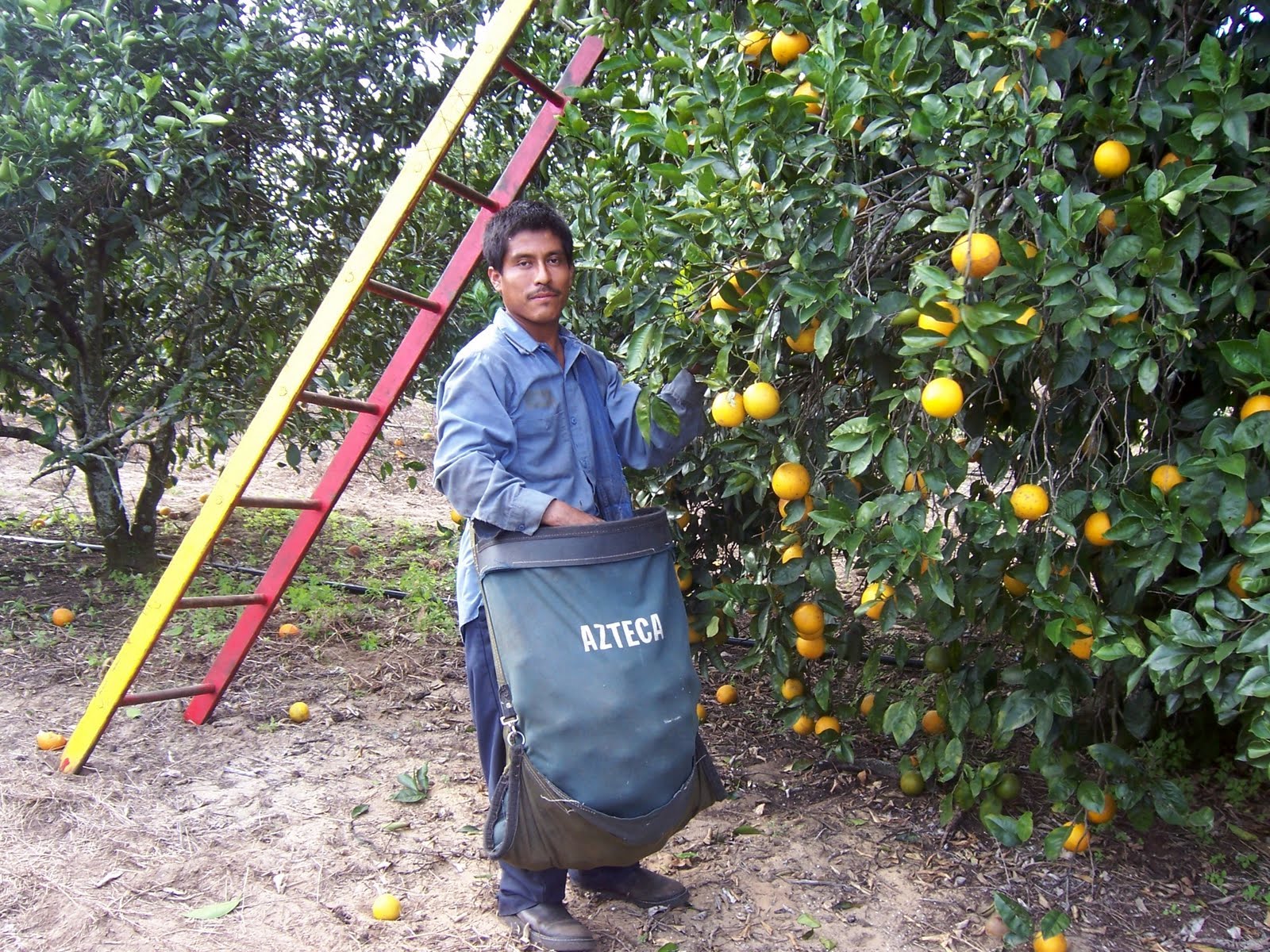
The bill was reintroduced to the Agriculture Committee this year. A workers’ advocacy group called WeCount spearheaded an effort to take up the issue on the county level as well. They helped push for an ordinance in Miami-Dade County that would fine employers in agriculture and construction who failed to provide water and shaded rest breaks in dangerous heat conditions.
After a heat dome encircled the U.S. South last summer, organizers rallied large crowds to speak in favor of the ordinance at board hearings, and several prominent county officials, including County Mayor Daniella Levine Cava, pledged their support. But facing fierce industry opposition, county officials voted to table the bill, and state congressional leaders moved to preemptively block their decision. Last week, a bill was approved that will void any local ordinances that protect workers from heat. The bill says that if federal OSHA does not create a national heat standard by 2028, the state’s Department of Commerce will have to create a statewide standard. But it doesn’t specify what the standard will require or whether it will include enforcement mechanisms like fines.
WeCount’s policy director, Esteban Wood, believes that the bill is intended to block their efforts in Miami-Dade and dissuade citizens and local officials from pushing for protections, rather than ensuring the safety of the state’s outdoor workers.
“You become a little disillusioned with the process,” Wood said, noting that after years of resistance, it’s unlikely that the state legislature will pass a bill on its own that provides meaningful protections for workers. “It’s a symptom of a larger issue — of a lack of priority for the health and safety of workers.”
Since Zachary Martin’s death, Florida schools are now required to monitor temperatures to ensure that students are not exposed to unsafe conditions and that cold water immersion tubs are available in case of emergencies. Since it passed, no student athlete in the state has died from heat.
Since Clovis Excellent’s death, the legislature has taken no steps to protect outdoor workers from heat, while at least five more Florida workers have died from heat illness.
“I’m just a little incredulous that it hasn’t been passed yet,” said Giordano, who has recently begun to collaborate with WeCount in their efforts to pass protections for outdoor workers, while pushing for a national bill to protect student athletes.“If it’s hot, there should be water, and they should be able to take breaks,” she said, whether you are “working out for football or cheering, or someone working on a roof.
“What does that hurt?” Giordano said.


